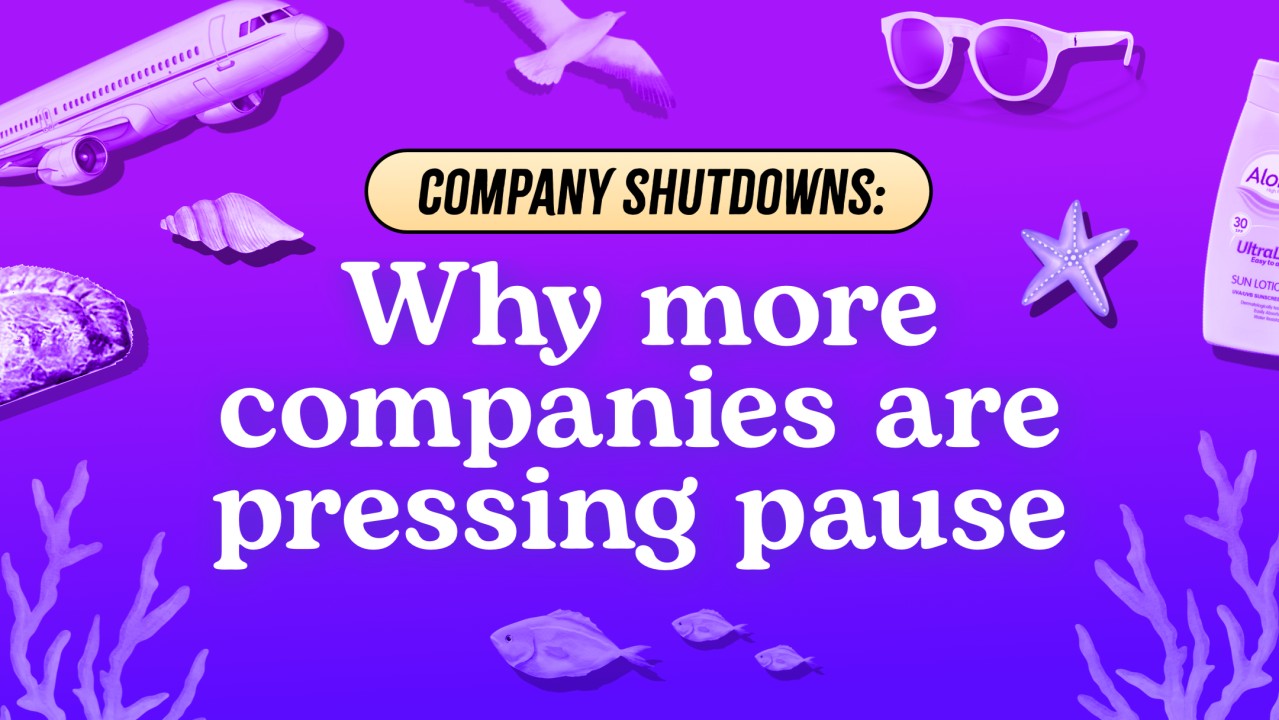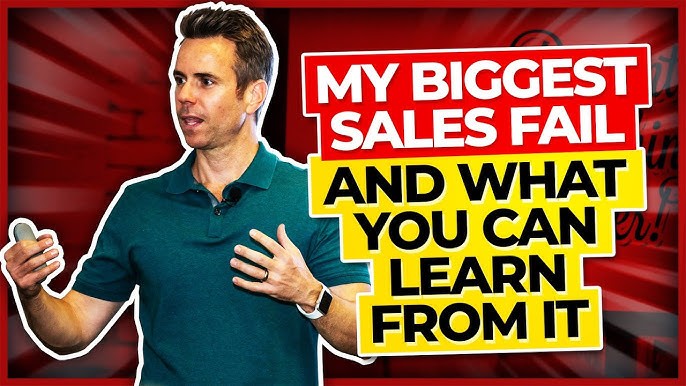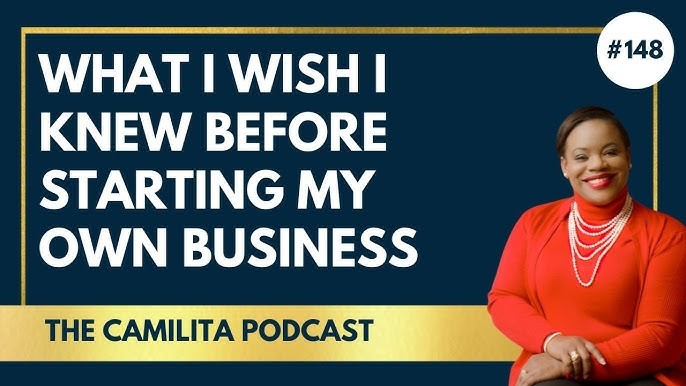In an age where digital advertising dominates and data-driven strategies rule the marketing playbook, it’s easy to overlook one of the oldest and most effective forms of promotion: word-of-mouth. While the term might evoke images of casual conversations over coffee or enthusiastic recommendations among friends, the impact it has on purchasing behavior is anything but quaint. Word-of-mouth marketing remains one of the most trusted and persuasive tools a brand can harness—and it operates with a power that paid ads often struggle to match.
At its core, word-of-mouth marketing thrives on trust. People tend to believe their friends, family, colleagues, and even peers online more than they believe a brand talking about itself. When someone shares a positive experience about a product or service, it carries an authenticity that even the most polished advertisement can’t replicate. Think about it: if a coworker raves about a new software tool that made their workflow more efficient, you’re far more likely to try it than if you just stumbled upon a banner ad for the same product. That’s because the recommendation comes with context, relevance, and credibility.
What makes word-of-mouth so powerful is that it’s often driven by genuine emotion. People talk about brands not just because they’re satisfied, but because they’re excited or moved in some way. Maybe a boutique hotel went above and beyond during a guest’s stay, or a meal kit delivery service consistently saved a busy parent hours each week. These aren’t just transactions—they’re experiences that people feel compelled to share. And those shared stories, when repeated and amplified, can build brand equity faster than many traditional marketing methods.
This dynamic becomes even more potent in the digital age. While word-of-mouth used to be limited to conversations between individuals, today it scales through social media, online reviews, forums, and influencer posts. A single positive tweet about a local restaurant can reach thousands within minutes. A thoughtful product review on YouTube can influence purchasing decisions for people around the globe. Even smaller-scale interactions, such as discussions in niche Facebook groups or Reddit threads, can spark interest that ripples out far beyond the original post. These digital touchpoints extend the reach of word-of-mouth exponentially, making it not just personal, but viral.
But word-of-mouth doesn’t just happen by accident. Businesses that benefit most from it are often the ones that deliberately design their customer experience with shareability in mind. They create moments that stand out—moments worth talking about. This might be an unexpected delight, like handwritten thank-you notes in e-commerce packaging, or it might be exceptional customer service that resolves an issue with surprising grace and speed. The key is to make the experience not only satisfying but memorable. When people feel genuinely cared for, they’re far more likely to become vocal advocates.
Equally important is consistency. A single positive encounter can inspire praise, but sustained excellence builds long-term loyalty and recurring word-of-mouth. If a coffee shop offers a great latte one day but delivers a lukewarm cup the next, customers are less inclined to recommend it. On the other hand, businesses that reliably exceed expectations develop reputations that spread organically. Over time, this consistency becomes a competitive moat that is difficult for others to replicate, precisely because it stems from culture and values, not just strategy.
There’s also a multiplier effect at play. The more people talk about a brand, the more others become curious and willing to try it for themselves. This creates a virtuous cycle—positive experiences generate new customers, who then share their own stories, leading to even more growth. This type of growth is often more sustainable than aggressive paid acquisition strategies because it’s rooted in customer satisfaction rather than fleeting clicks or impressions. It also leads to higher-quality customers, as those who come through referrals tend to be more engaged and loyal from the outset.
One of the most compelling examples of this can be seen in companies like Tesla or Airbnb, where much of their early traction came not from massive advertising budgets, but from enthusiastic users spreading the word. Tesla owners, for instance, often become brand evangelists, eager to showcase the car’s features to friends or answer questions from curious strangers at charging stations. That kind of passion can’t be bought—it has to be earned through delivering a product and experience that genuinely resonates.
Even so, businesses shouldn’t sit back and hope that word-of-mouth happens on its own. Encouraging referrals through thoughtful programs can give that organic buzz a strategic push. However, the focus should always remain on the customer experience first. No referral program can compensate for a lackluster product or subpar service. On the flip side, if a business consistently delights its customers, even subtle nudges—like reminding people to share their experiences or offering small rewards for referrals—can significantly amplify the reach of their voices.
In a noisy marketplace, where consumers are bombarded with messages from every angle, word-of-mouth marketing cuts through the clutter. It’s personal, it’s credible, and it’s inherently human. People don’t want to feel like they’re being sold to; they want to feel like they’re discovering something worthwhile through someone they trust. That’s the real power of word-of-mouth—it doesn’t just tell people what to buy, it invites them to be part of a story, a community, and a shared experience.
As businesses look to build lasting relationships and sustainable growth, investing in the kind of experience that gets people talking might just be the smartest move they can make. After all, in the end, it’s not what a brand says about itself that matters most—it’s what others are saying when the brand’s not in the room.





